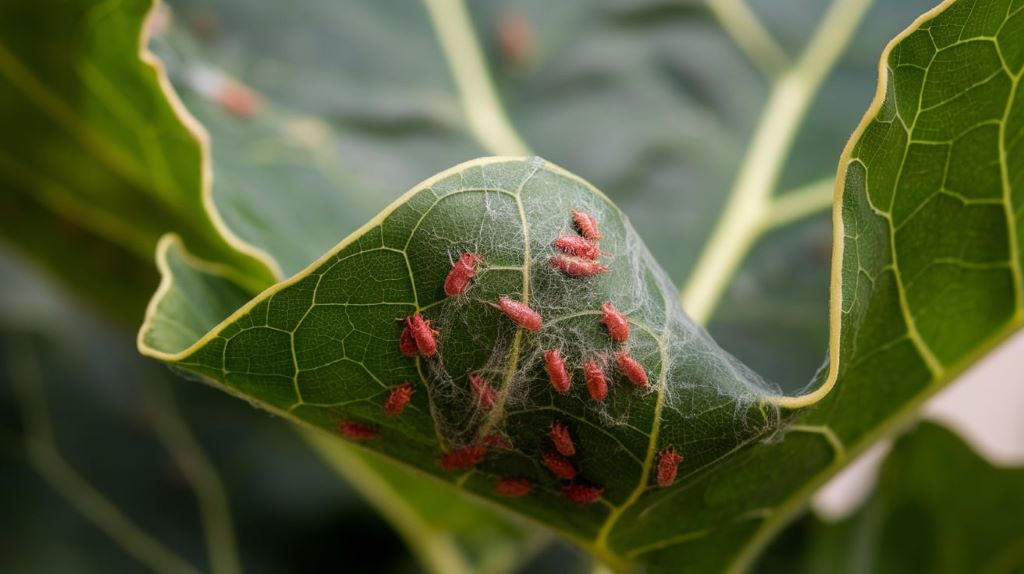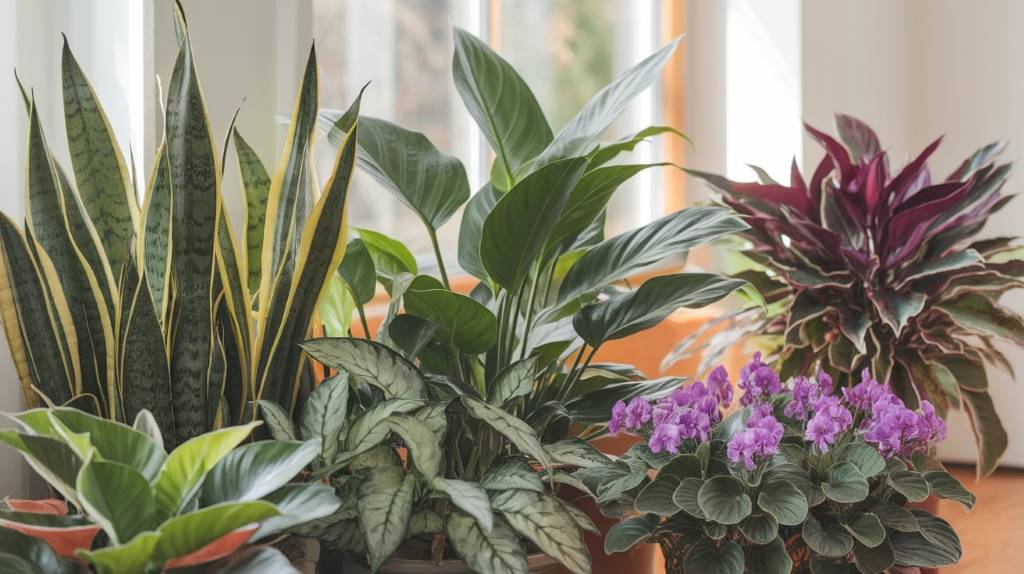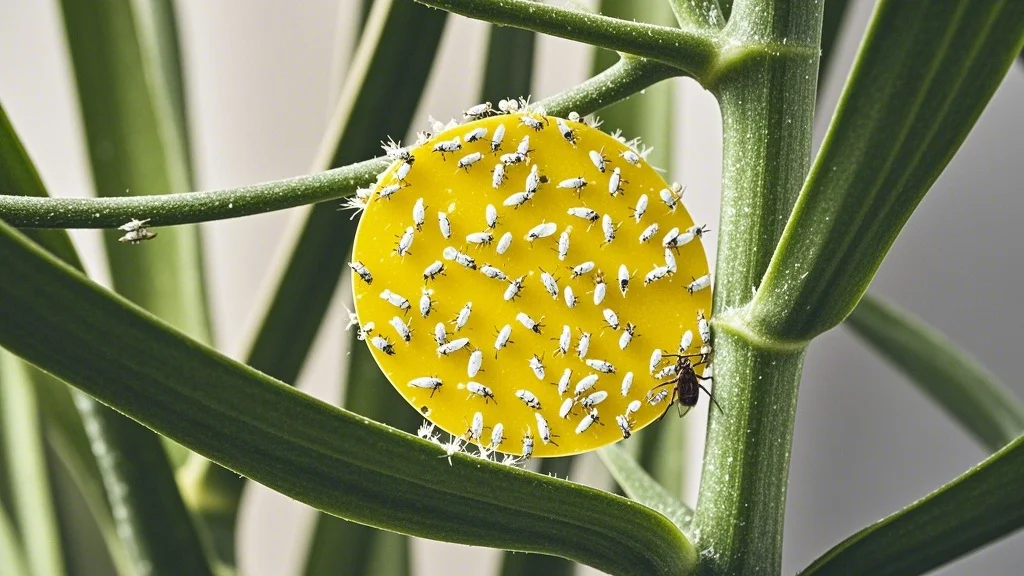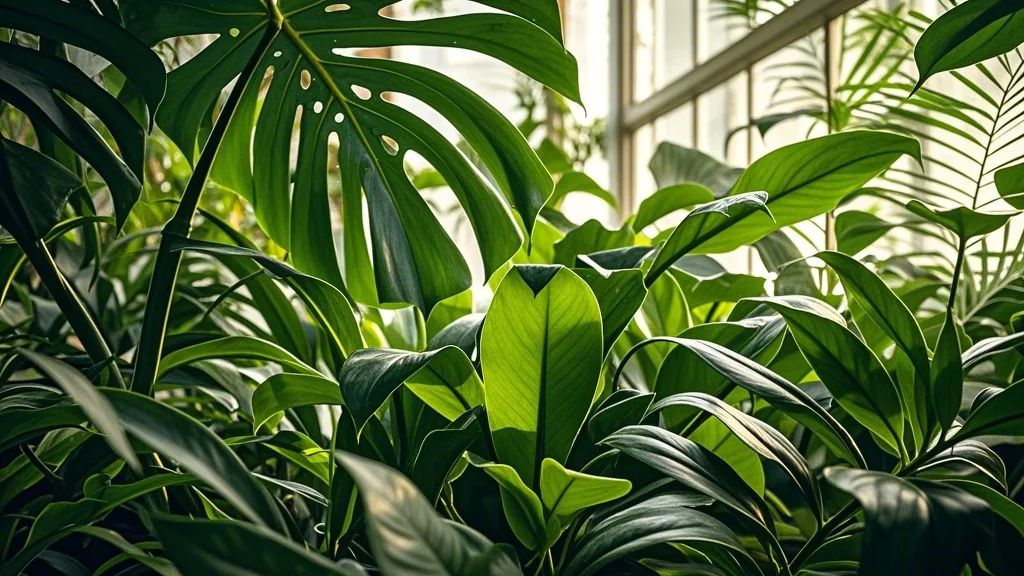For eco-conscious growers and pet owners, maintaining a thriving indoor garden while avoiding harmful chemicals can be a challenge. Fortunately, there are numerous effective and natural methods to combat common plant pests without resorting to synthetic pesticides. This comprehensive guide will explore various organic pest control techniques that are safe for homes with children and pets, ensuring your urban oasis remains healthy and pest-free.
Contents
Understanding Common Indoor Plant Pests

Before diving into treatment methods, it’s essential to identify the most frequent offenders in indoor gardens:
- Aphids
- Spider mites
- Mealybugs
- Fungus gnats
- Scale insects
- Whiteflies
- Thrips
Each of these pests has unique characteristics and behaviors, but all can be managed using natural methods.
Prevention: The First Line of Defense
1. Maintain Plant Health
Healthy plants are more resistant to pest infestations. Ensure your plants receive:
- Adequate light
- Proper watering
- Appropriate nutrients
- Good air circulation
2. Quarantine New Plants
Always isolate new additions to your indoor garden for at least two weeks. This prevents potential pests from spreading to your existing plants.
3. Regular Inspection
Make it a habit to examine your plants weekly, paying close attention to the undersides of leaves and stem joints where pests often hide.
4. Keep a Clean Environment
Regularly dust your plants and keep the surrounding area clean. Remove dead leaves and debris promptly, as these can harbor pests.
Natural Pest Control Methods
1. Manual Removal
For visible pests like aphids or mealybugs, simply removing them by hand can be effective:
- Use a damp cloth or cotton swab to wipe off insects
- Prune heavily infested parts of the plant
- Shake plants gently over a white paper to dislodge and identify tiny pests
2. Water Sprays
A strong stream of water can dislodge many pests:
- Use lukewarm water and spray plants in the sink or shower
- Focus on the undersides of leaves
- Repeat every few days until the infestation is under control
3. Insecticidal Soaps
Create a mild soap solution to suffocate soft-bodied insects:
- Mix 1 tablespoon of pure castile soap with 1 quart of water
- Spray thoroughly, covering all plant surfaces
- Rinse after a few hours to prevent leaf damage
- Repeat weekly as needed
4. Neem Oil
This natural oil disrupts the life cycle of many pests:
- Mix 2 teaspoons of neem oil with 1 quart of water and a few drops of mild soap
- Spray plants thoroughly, especially under leaves
- Apply every 7-14 days for persistent infestations
5. Diatomaceous Earth
This fine powder damages the exoskeletons of crawling insects:
- Sprinkle food-grade diatomaceous earth on soil surface and affected plant parts
- Reapply after watering or rain
- Use caution, as it can also harm beneficial insects
6. Beneficial Insects
Introduce natural predators to control pest populations:
- Ladybugs for aphids and mites
- Lacewings for various soft-bodied insects
- Predatory mites for spider mites
7. Sticky Traps
Use yellow or blue sticky cards to capture flying pests:
- Hang near affected plants
- Replace when full or every 2-3 weeks
- Useful for monitoring pest populations
8. Alcohol Swabs
For mealybugs and scale insects:
- Dip a cotton swab in 70% isopropyl alcohol
- Directly apply to visible pests
- Repeat every few days until the infestation clears
9. Herbal Sprays
Create natural repellents using common herbs:
Garlic-Pepper Spray
- Blend 2 cloves of garlic and 1 hot pepper with 2 cups of water
- Strain and add a few drops of mild soap
- Spray on affected plants, avoiding blooms
Neem Leaf Tea
- Steep 1/2 cup of crushed neem leaves in 2 cups of hot water
- Strain and add a few drops of mild soap
- Apply as a foliar spray
10. Companion Planting
Even indoors, certain plants can repel pests:
- Grow basil to deter flies and mosquitoes
- Plant marigolds to repel aphids
- Keep lavender nearby to discourage moths
Targeted Solutions for Specific Pests
Aphids
- Use a strong water spray to dislodge
- Apply insecticidal soap or neem oil
- Introduce ladybugs as natural predators
Spider Mites
- Increase humidity around plants
- Use neem oil or insecticidal soap
- Introduce predatory mites
Mealybugs
- Remove with alcohol-soaked cotton swabs
- Apply neem oil or insecticidal soap
- Prune heavily infested areas
Fungus Gnats
- Allow soil to dry between waterings
- Use sticky traps near soil surface
- Apply food-grade diatomaceous earth to soil
Scale Insects
- Scrape off with a soft brush or fingernail
- Apply neem oil or insecticidal soap
- Use alcohol swabs for spot treatment
Whiteflies
- Use yellow sticky traps
- Apply insecticidal soap or neem oil
- Introduce lacewings as natural predators
Thrips
- Use blue sticky traps
- Apply neem oil or insecticidal soap
- Introduce predatory mites
Creating a Long-Term Pest Management Strategy
To maintain a pest-free indoor garden, implement these practices:
- Rotate Control Methods: Alternate between different natural treatments to prevent pest resistance.
- Maintain Plant Diversity: A variety of plants can help prevent pest outbreaks and attract beneficial insects.
- Optimize Growing Conditions: Ensure proper light, water, and nutrients to keep plants healthy and resistant.
- Regular Pruning: Remove dead or dying plant material promptly to discourage pest habitation.
- Soil Management: Use well-draining, sterile potting mix and avoid overwatering to prevent fungus gnats and root issues.
- Seasonal Checks: Be extra vigilant during spring and fall when pest activity often increases.
- Natural Predator Encouragement: If possible, create an environment that attracts beneficial insects.
- Record Keeping: Document pest occurrences and successful treatments for future reference.
DIY Natural Pest Control Recipes
All-Purpose Insect Spray
- 1 head of garlic, minced
- 1 tablespoon cayenne pepper
- 1 quart water
- 1 teaspoon liquid castile soap
Steep garlic and cayenne in water overnight. Strain, add soap, and spray on plants.
Citrus Peel Spray
- Peels from 2 lemons or oranges
- 2 cups water
- 1 teaspoon liquid castile soap
Boil peels in water for 15 minutes. Cool, strain, add soap, and apply to plants.
Tomato Leaf Spray
- 2 cups chopped tomato leaves
- 2 cups water
- 1 teaspoon liquid castile soap
Steep leaves in water overnight. Strain, add soap, and use as a spray.
When to Seek Professional Help
While natural methods are effective for most indoor pest issues, there may be times when professional intervention is necessary:
- If infestations persist despite consistent application of natural treatments
- When dealing with particularly aggressive or resistant pest species
- If the infestation has spread to multiple plants or areas of your home
- When you’re unable to identify the pest or determine the appropriate treatment
In these cases, look for eco-friendly pest control services that specialize in organic methods and are experienced with indoor plants.
Conclusion

Treating plant pests without chemicals is not only possible but often more beneficial for your indoor ecosystem. By employing these natural methods, you can maintain a thriving, pest-free urban garden while ensuring the safety of your family, pets, and the environment. Remember that consistency and patience are key – natural treatments may take longer to show results but offer long-term benefits for your plants’ health and resilience.
As you become more familiar with these techniques, you’ll develop an intuitive understanding of your indoor garden’s needs and how to maintain its delicate balance. Embrace the role of a steward to your urban oasis, and enjoy the rewards of a flourishing, chemical-free indoor garden.








